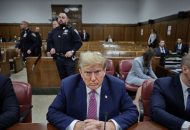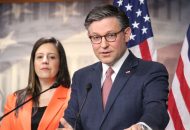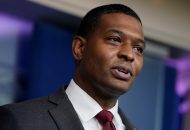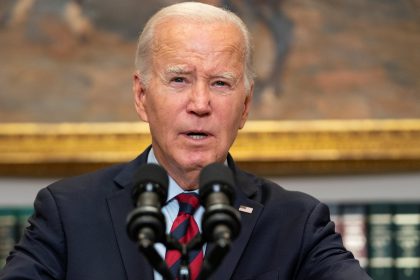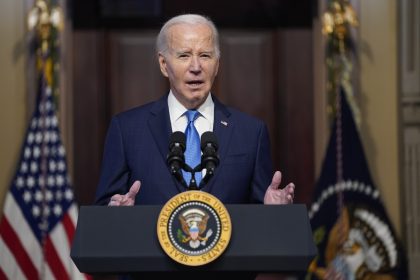Federal Reserve, Meeting This Week, Expected to Act With A Steady Hand
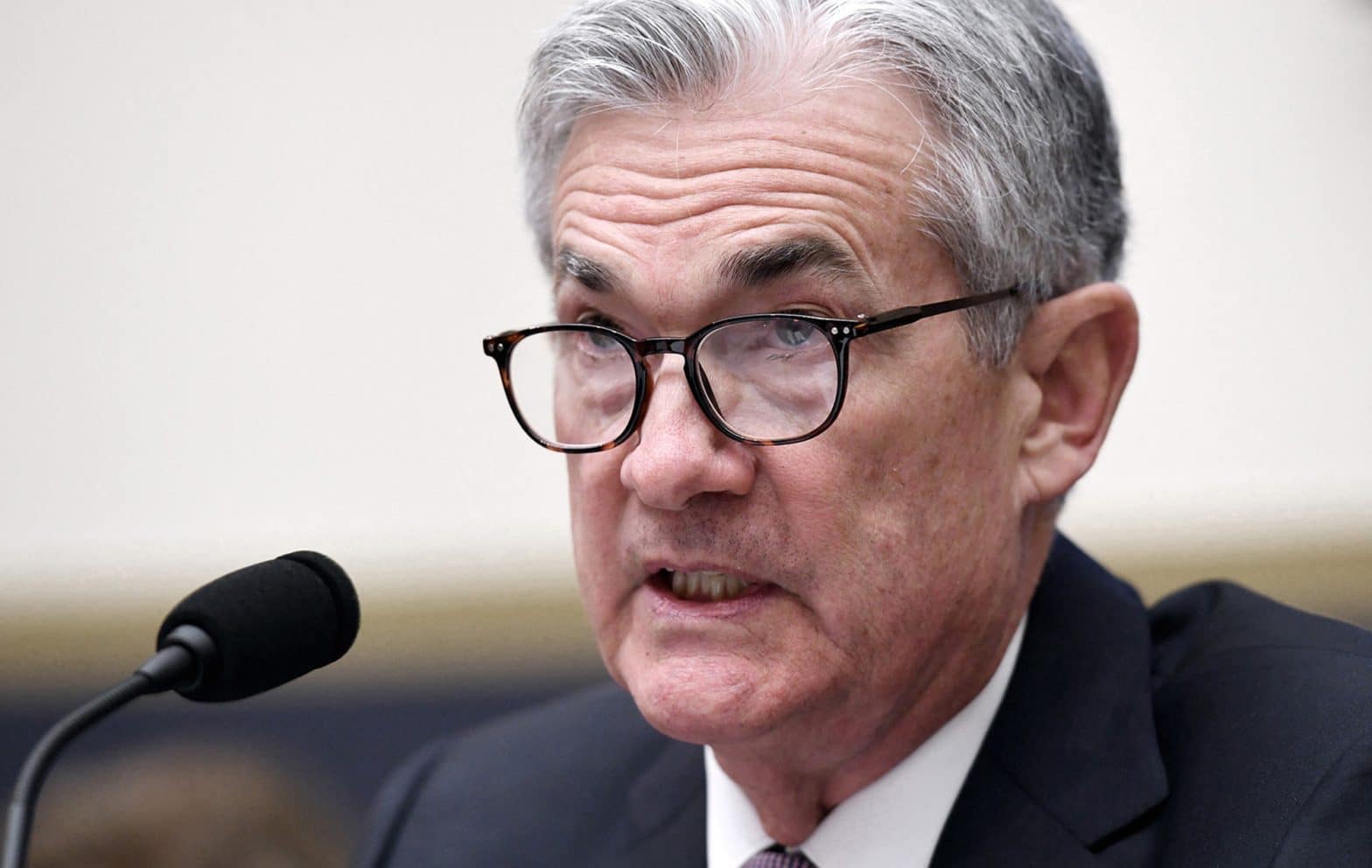
Steady as she goes. That was the widely held expectation as the Federal Open Market Committee, the policy-making arm of the Federal Reserve, gathered Tuesday morning to kick off its two-day meeting this week.
Given statements made by Fed Chairman Jerome Powell in several recent interviews, no interest rate hike is expected.
However on Wednesday at 2 p.m., Powell will participate in a closely-watched news conference and deliver the Fed’s updated economic forecast for the rest of the year.
Based on Powell’s recent statements, that forecast is likely to suggest that the economy is in good shape at the moment, although it could be buffeted by the ongoing trade rift with China and slowing growth.
Given this, the Federal Reserve is expected to keep its key short-term rate in a range of 2.25 percent to 2.5 percent. Some analysts have even suggested the Fed may scale back plans for additional rate hikes this year.
In 2018 the Fed raised rates a total of four times, and at its December 2018 meeting it suggested that two additional rate increases might be in the offing this year.
A number of analysts are also looking for some word on when the Fed will scale back sales from its massive portfolio of bonds.
Such a move would reduce upward pressure on loan rates and inspire investors to move more money into stocks.
The tenor of this week’s meeting is a marked contrast to where things stood four months ago when the Fed last raised interest rates amidst a period of market turmoil. At the time Powell explained the move and three earlier rate hikes were intended to prevent the economy from overheating at a time of brisk growth and an unemployment rate near a half-century low.
But President Donald Trump lashed out, claiming the Fed was hindering rather than helping the economy.
“The only problem our economy has is the Fed,” the president tweeted on Christmas Eve. “They don’t have a feel for the Market, they don’t understand necessary Trade Wars or Strong Dollars or even Democrat Shutdowns over Borders. The Fed is like a powerful golfer who can’t score because he has no touch — he can’t putt!”
Reports soon emerged that Trump was contemplating trying to fire Powell, who had been his hand-picked choice to lead the Fed.
Since then, Powell has stressed the Fed would be “flexible” and “patient” in raising rates, though he added in an interview with CBS’s “60 Minutes” that he “wouldn’t hesitate” to change course if necessary.
Since falling sharply in December, stocks have recouped most of their late-year losses in trading since the start of 2019. The economy, as measured by the gross domestic product, grew 2.9 percent last year, the fastest pace since 2015.
But the budget plan the Trump administration proposed last week forecasts that growth will reach 3.2 percent this year and stay around 3 percent for the next decade — assumptions economists think may be overly optimistic.
The White House continued to accentuate the positive on Monday, when it released the latest economic forecast from the Council of Economic Advisers.
According to the report, the U.S. economy will expand a brisk 3.2 percent this year and by about 2.8 percent a decade from now. By comparison, the Federal Reserve’s long-run forecast is for 1.9 percent annual economic growth.
The administration’s forecast hinges on an expectation that it will manage to implement further tax cuts, incentives for infrastructure improvements, new labor policies and scaled-back regulations.
But all of these are things that would need to be approved by the Democratic-led House, which is unlikely to do so.
The last tax cuts added roughly $1.5 trillion to the federal debt over the next decade, not accounting for economic growth.
The council’s report suggests that the lower tax rates have increased business investment in ways that will make the economy more productive and have inspired millions of people who had given up on finding work to re-enter the job market.









